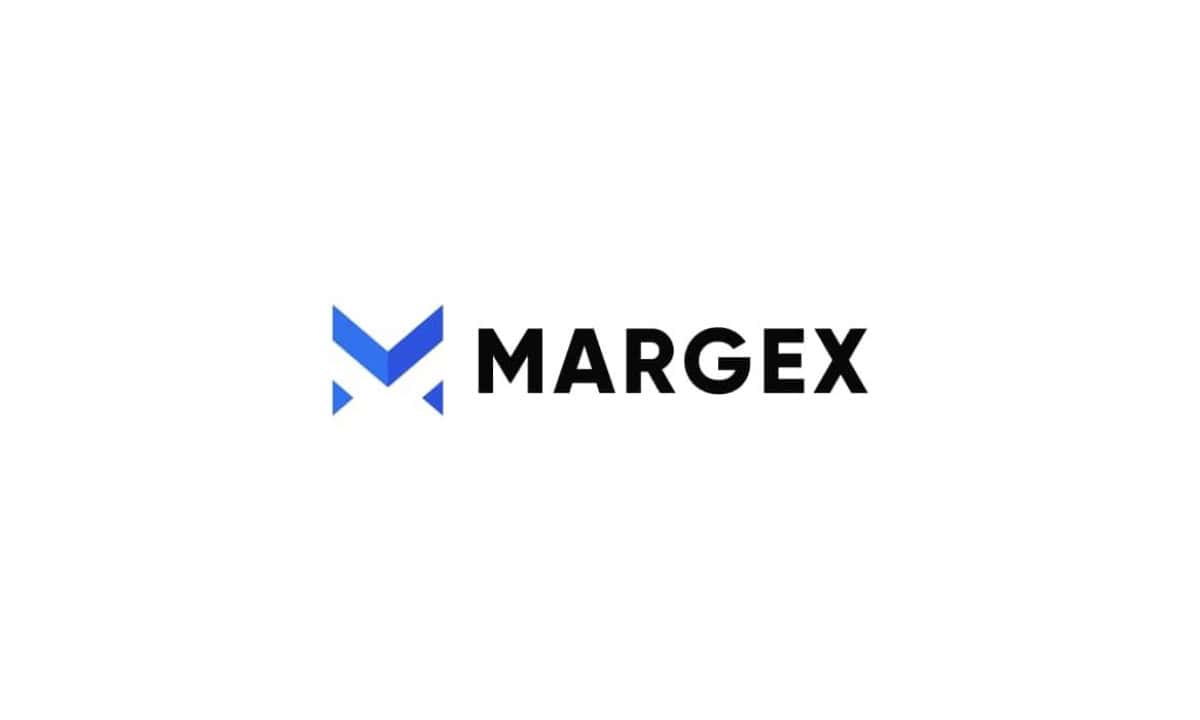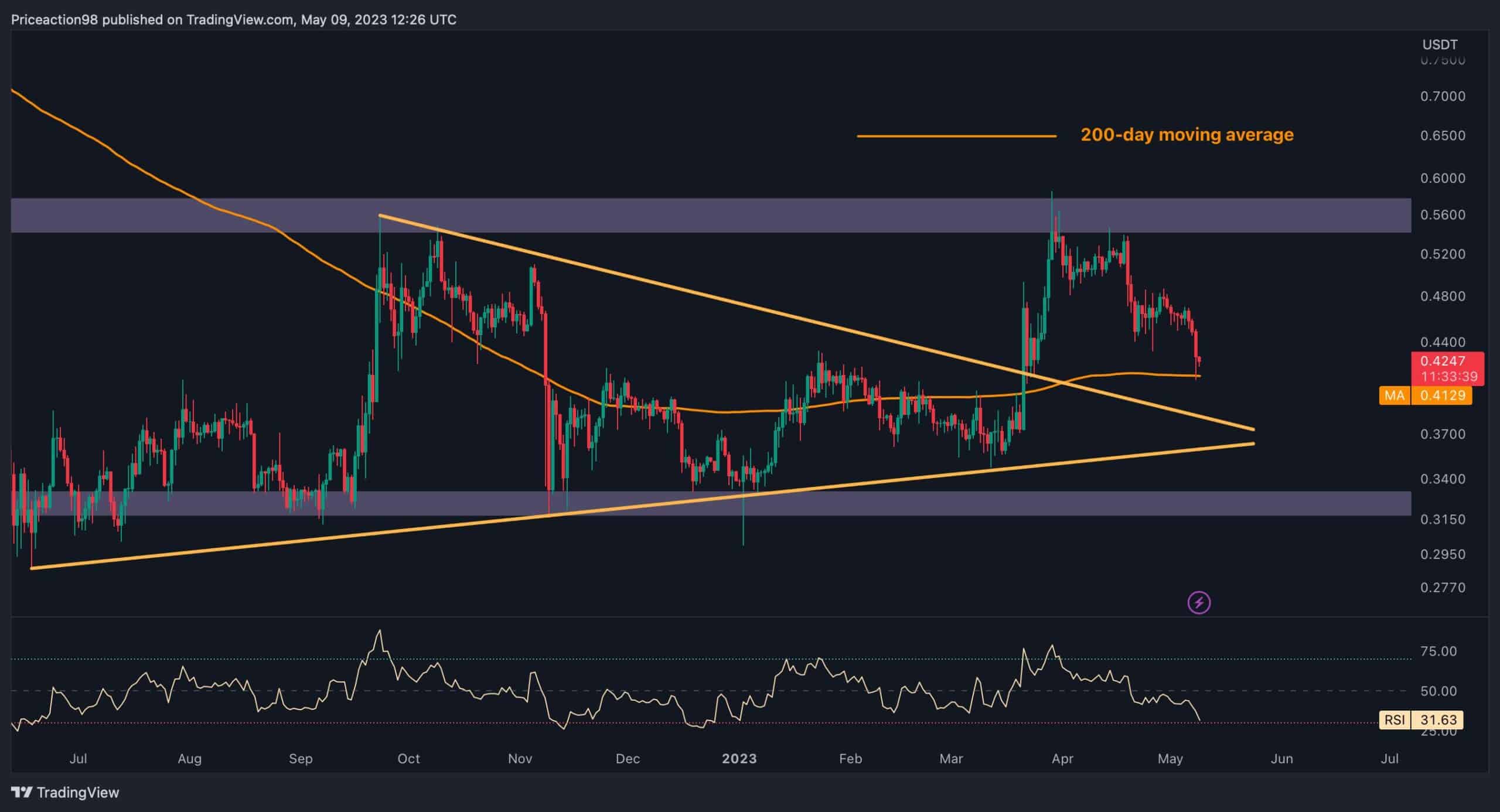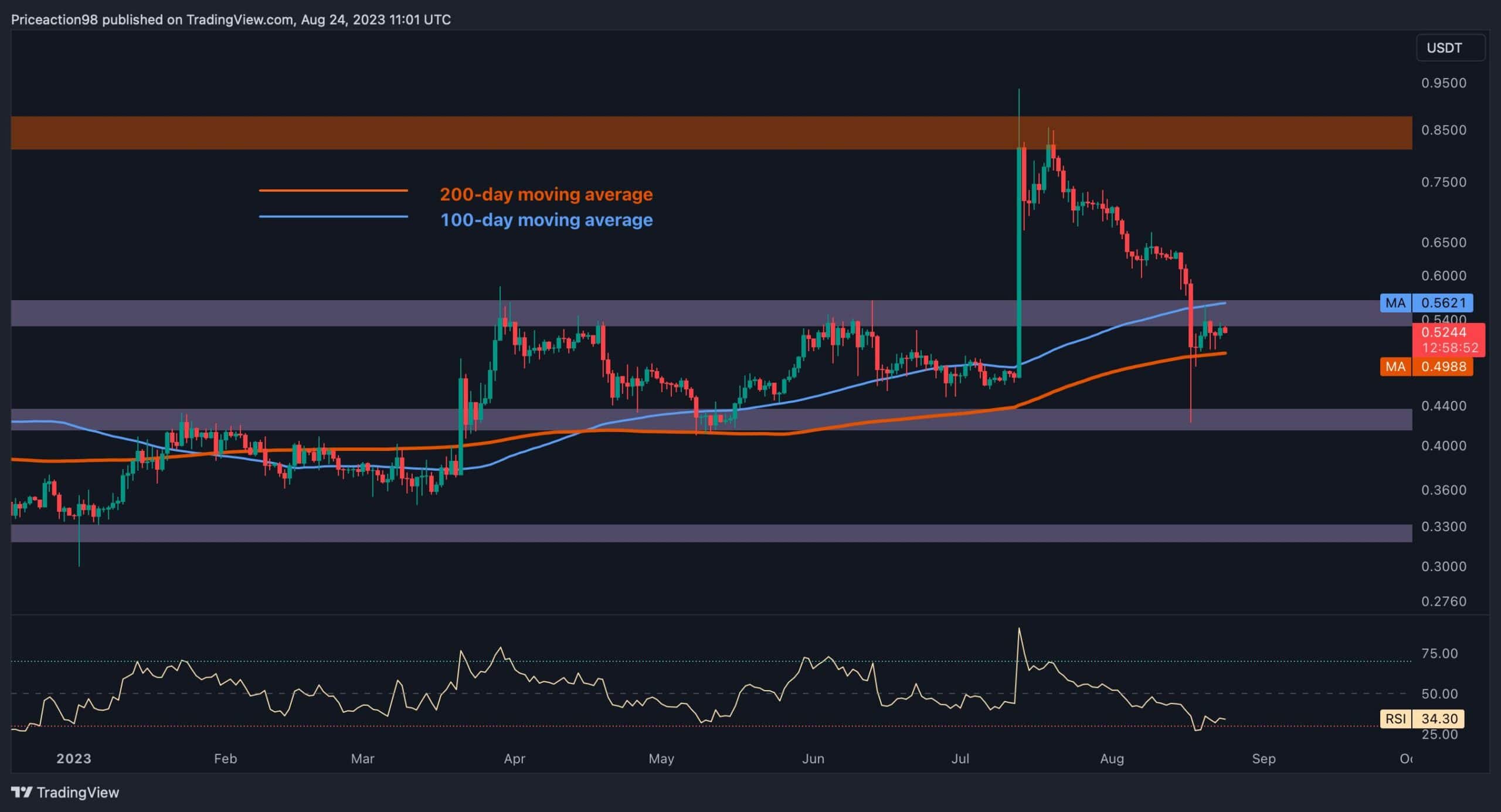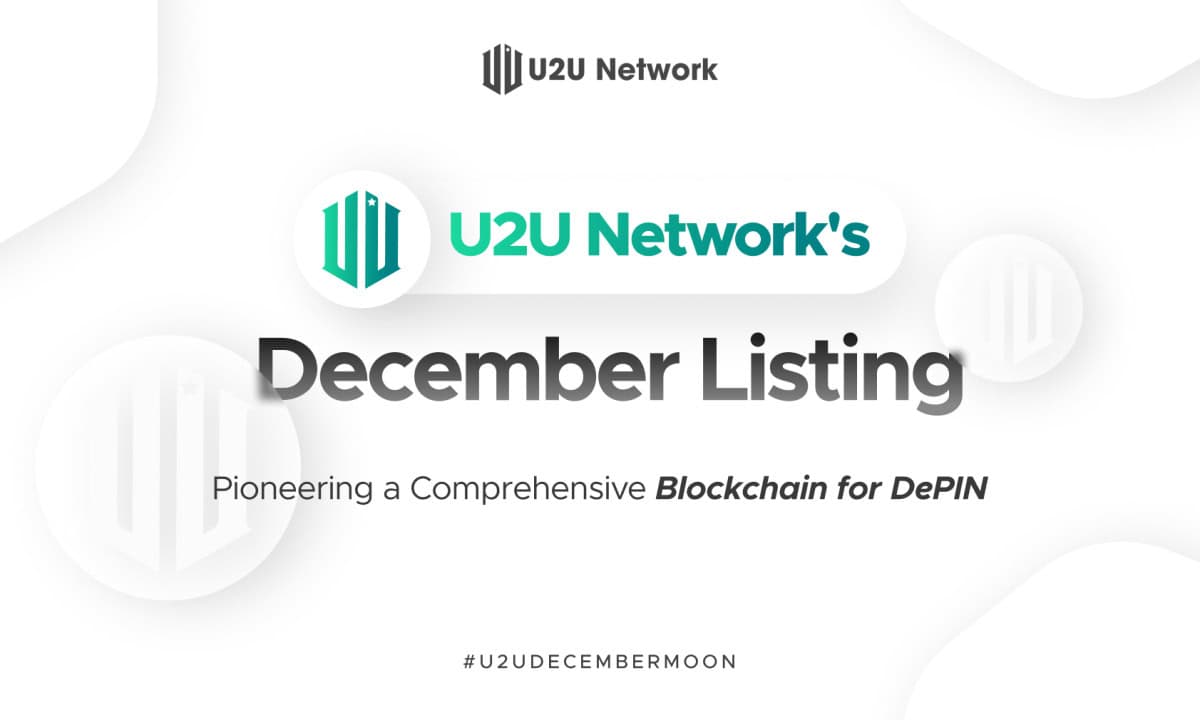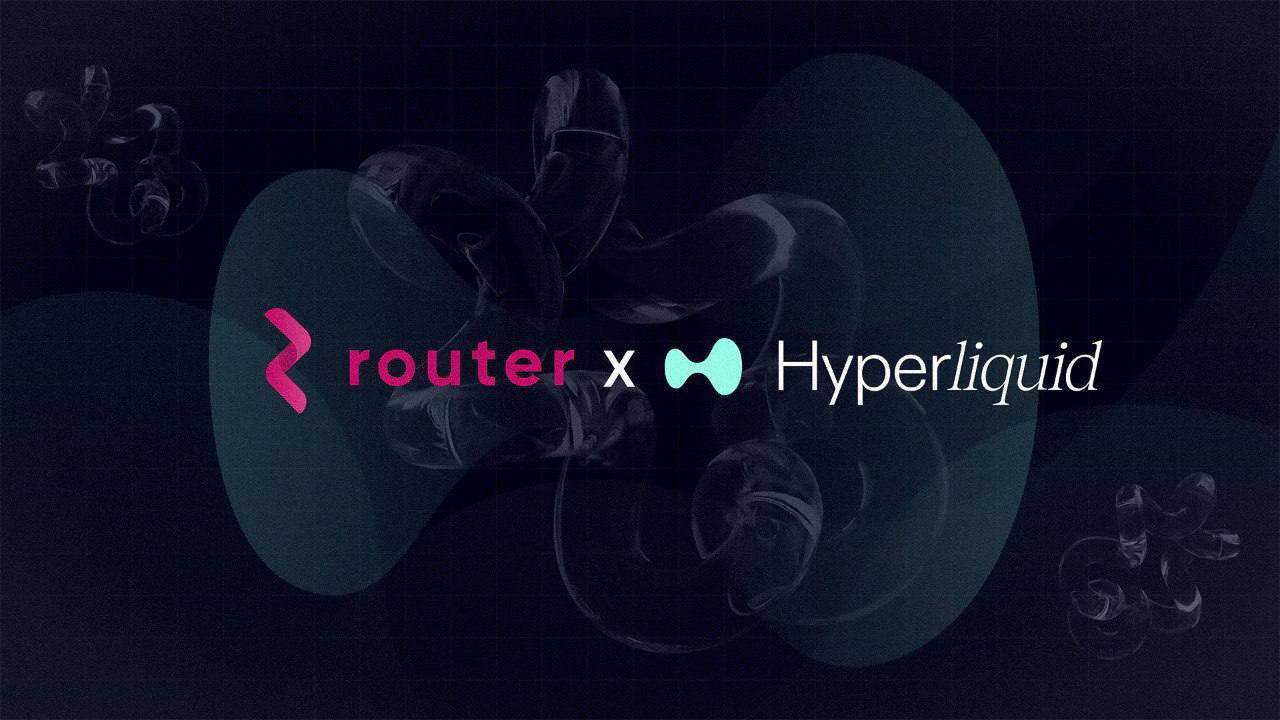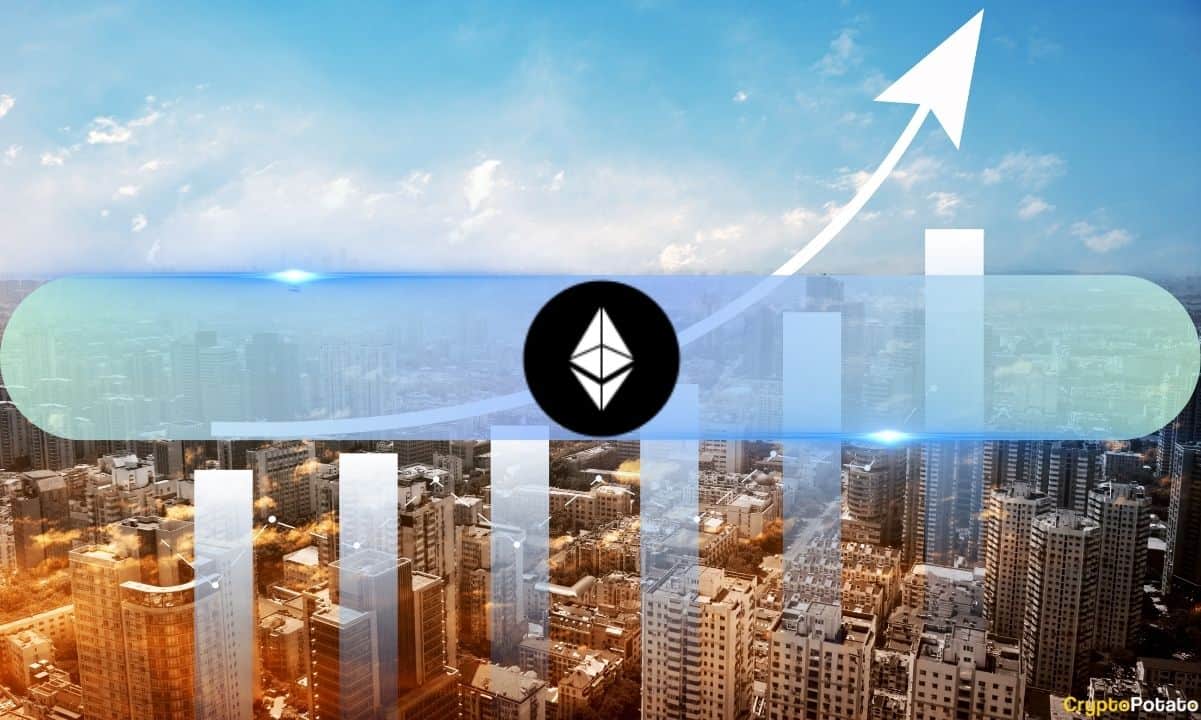Tezos Slashes Barrier to Become a Baker by 25%
Tezos – a decentralized layer 1 blockchain – launches the ninth upgrade with the promise of greatly improving its scalability. In the near future, Tezos is expected to host more dApps and process many more transactions on its network.
With layer two solutions like optimistic rollups being introduced, Tezos considers this upgrade as “revolutionary” since the new consensus mechanism, Tenderbake, will drastically lower block times and improve finality. Also, the threshold of being a validator is lowered to strengthen the decentralized nature of the blockchain.
Scalability as the Key to the Upgrade
The Tezos community has voted for activating its latest upgrade, code-named as “Ithaca 2”, for the blockchain network, according to a release shared with CryptoPotato. Ithaca 2 replaces the current consensus algorithm (Emmy) with Tenderbake – a new one that highly increases the scalability of the network.
In addition to Tenderbake, Ithaca 2 introduces scalability plans such as rollups for WebAssembly and EVM compatibility with “pre-checking, a lightweight validation scheme for the mempool which will increase overall throughput.”
Also, the upgrade will reduce the requirement to become a network validator (“baker”) by 25%, from 8,000 XTZ to 6,000 XTZ, allowing more users to participate in the network by staking the native token of the Tezos blockchain.
As specified in an announcement from March, the new Tenderbake consensus mechanism enables lower block times and thereby will improve latency and finality, which determines how quickly a transaction is included and permanently recorded on the network. For users, it means speedier transactions and a better dapps experience.
The goal is to enable more users to do things on the network at the same time. A Layer 2 solution like optimistic rollups modeled on Arbitrum, a popular rollup system on Ethereum, will initially offer a 10-100x increase in the number of transactions the protocol can process every second.
Transactions using the rollup are being processed off-chain but still sent to an inbox on the main chain. Meanwhile, the operators, who store and maintain the state of a rollup off-chain, “only post a receipt back to the main chain, summarizing the new state of the rollup as a cryptographic hash.”
Tezos Keeps Growing
Transactions volume on Tezos has surged exponentially since last summer when it released a network upgrade cutting average block times in half. As of January 2022, there were already over 100 dApps on Tezos with a primary focus on DeFi or NFTs.
With smart contract calls increasing per month from 100,000 in January 2021 to over 6.2 million in January 2022, Tezos continues its expansion by collaborating closely with leading sports franchises and global brands such as Red Bull Racing, Manchester United, The Gap, Kia, and more. Tezos brands itself as “an energy-efficient, low-cost blockchain of choice for the Web3 revolution.”

